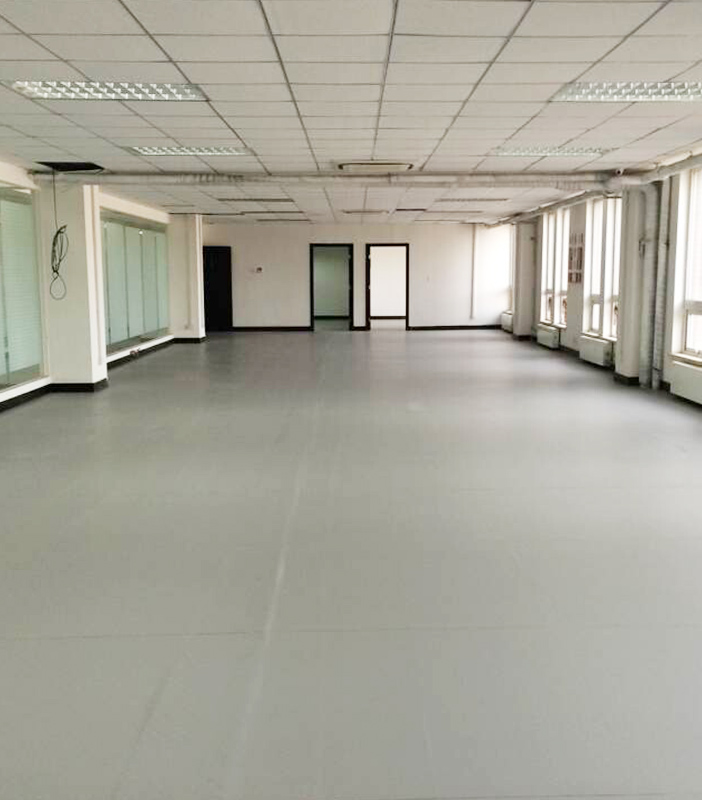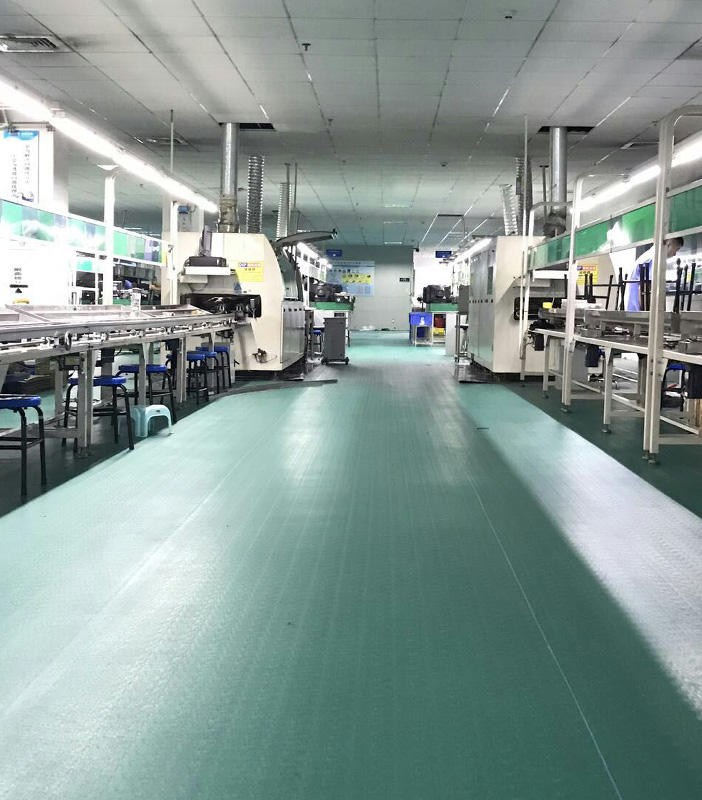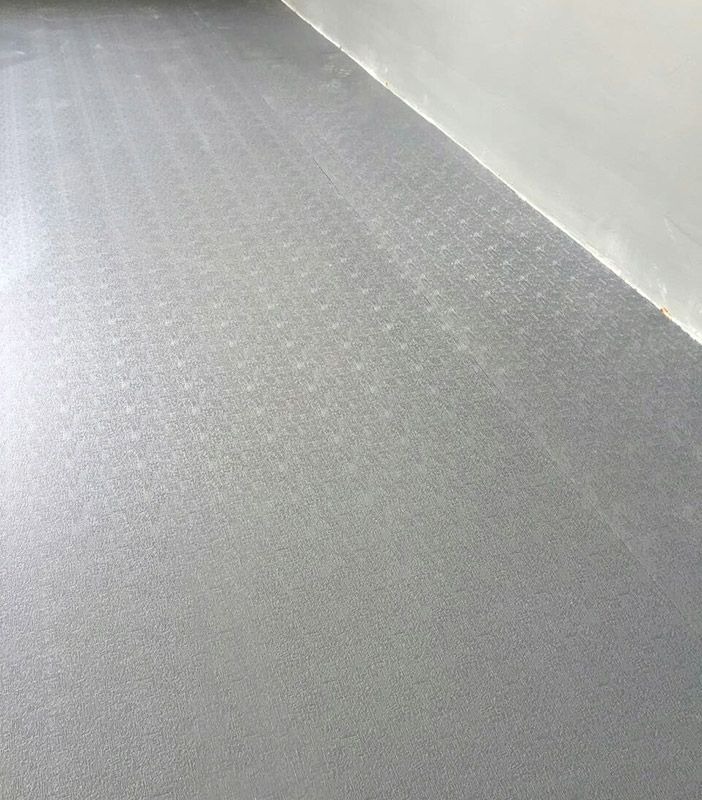ESD Table Grounding:
ESD, or Electrostatic Discharge, is a significant concern in industries where sensitive electronic components are handled, such as electronics manufacturing and assembly. To mitigate the risk of damaging these components, ESD table grounding is crucial. ESD table grounding involves creating a controlled path for electrostatic discharge to flow safely to the ground, preventing any harmful build-up of static electricity on the work surface. Let's explore the guidelines and standards for effective ESD table grounding.
Grounding Requirements: When designing an ESD table, it is essential to follow specific grounding requirements outlined in industry standards. These requirements typically dictate the use of conductive materials in the table's construction and establish grounding connections to ensure the safe dissipation of static charges.
Conductive Materials: Anti-static tables are often constructed using conductive materials such as carbon-infused laminate or metal. These materials help dissipate static charges effectively, preventing them from accumulating on the table's surface.
Grounding Connections: Proper grounding connections are critical for ESD table grounding. This involves connecting the table to a designated ground point using grounding wires or straps. The grounding point should be tied to the facility's grounding system, ensuring a low-resistance path to the ground.
Compliance with Standards: Adherence to international standards, such as ANSI/ESD S20.20 and IEC 61340, is essential when designing and implementing ESD table grounding. These standards provide detailed guidelines for ESD control programs, including table design and grounding.
Periodic Testing: To ensure the effectiveness of ESD table grounding, regular testing and maintenance are necessary. This includes measuring the resistance of the grounding system to confirm that it meets the specified requirements.
Anti-Static Table:
An anti-static table is specifically designed to reduce or eliminate static electricity buildup on its surface, making it a suitable choice for environments where ESD protection is essential. These tables play a critical role in preventing electrostatic discharge-related damage to sensitive electronic components.
Static Dissipative Surfaces: Anti-static tables feature static dissipative surfaces, which have controlled electrical resistance. This characteristic allows them to safely drain static charges away from the work surface, minimizing the risk of ESD events.
ESD Accessories: Anti-static tables may come equipped with various ESD accessories, such as wrist straps, grounding cords, and conductive shelving, to enhance the overall ESD protection within the workspace.
Versatility: Anti-static tables are versatile and can be customized to suit different applications. They are available in various sizes, shapes, and configurations to accommodate specific needs, making them a valuable asset in ESD-sensitive environments.
ESD Anti-Static Table:
An ESD anti-static table combines the features of both ESD control and anti-static properties, ensuring the highest level of protection for sensitive electronics.
Comprehensive ESD Protection: ESD anti-static tables incorporate measures for comprehensive ESD protection, including grounding, static dissipative surfaces, and accessories. These tables are designed to meet the strictest ESD control requirements.
Industry Specific: ESD anti-static tables are often tailored to meet the specific needs of industries such as electronics manufacturing, aerospace, and medical device production, where the risk of ESD-related damage is especially high.
ESD table grounding and the design of anti-static tables are critical aspects of ESD control in industries where electronic components are handled. Following established guidelines and standards is essential to ensure the effectiveness of these measures. ESD table grounding creates a safe path for electrostatic discharge, while anti-static tables and ESD anti-static tables provide a controlled work surface environment that minimizes the risk of static electricity buildup.

 简体中文
简体中文 English
English España
España Deutsch
Deutsch




